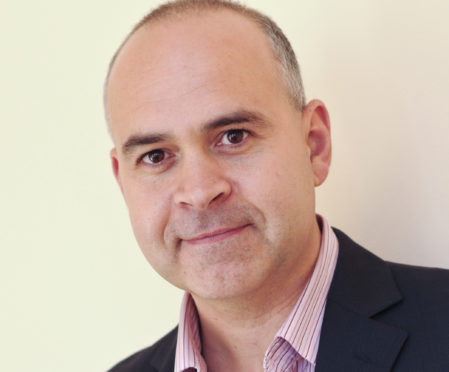New Year’s resolutions can be a double-edged sword.
On one hand, they are a great way of setting goals for the coming months.
On the other hand, for many of us they are reminders of failures past, which may make us reluctant to come up with new resolutions.
According to a government study published at the end of last year, only one in five Brits made any resolutions at all.
So, if you are among those looking to make resolutions, how do we make them work?
Here are a few tips: start with small steps and a limited number of resolutions.
One popular resolution is to get fitter.
If that’s one of yours and you are currently a couch potato, set a goal of two power walks/jogs per week or two gym sessions rather than trying to commit to five times.
Even major lifestyle changes can be made one step at a time. After a few weeks of reaching your initial goal, you can always adjust it.
By doing things step by step, you are more likely to achieve success early on and then continue to stick with your resolution.
Previous failure is not always an indicator that your resolution cannot work or that you cannot make it work.
Try again. Maybe you can find a new method to achieve your goals, maybe you can break them down into smaller, more realistic steps.
Maybe you have more support this time.
Think of athletes: if a runner gave up running every time they did not win a race, we’d have very few athletics competitions.
Enjoy the journey towards your goal. Often easier said than done, but here’s why enjoying the way towards reaching a goal is important.
Not all of our ambitions are achieved quickly. In fact, some might take years.
By finding joy in achieving milestones and rewarding yourself for those, you are more likely to stay the distance.
You are also breaking a long journey down into more achievable mini-steps, therefore finding success along the way as opposed to waiting for a long time for something to celebrate.
What’s your purpose? Why did you make a specific resolution? For example, you may want to lose 20 lbs.
That in itself is fair enough, but it becomes a much more powerful resolution if you want to lose 20 lbs to look stunning at your daughter’s summer wedding.
By defining why you want to achieve a specific goal you will automatically be more motivated to work for it.
Having said that, it’s just as important to be a little forgiving with yourself and your resolutions. You will have off days when you are not sticking to your diet.
You will miss gym sessions, and you will have Sundays spent on your couch watching TV.
That’s human. The key to succeeding at the initial resolution is to ‘get back on the horse’.
Restart your healthy eating plan, go to the gym and plan an activity for next weekend.
By treating these off days as just that rather than seeing them as big failures you will move further towards long-term success than you would have by continuously restraining yourself.
Happy New Year!










